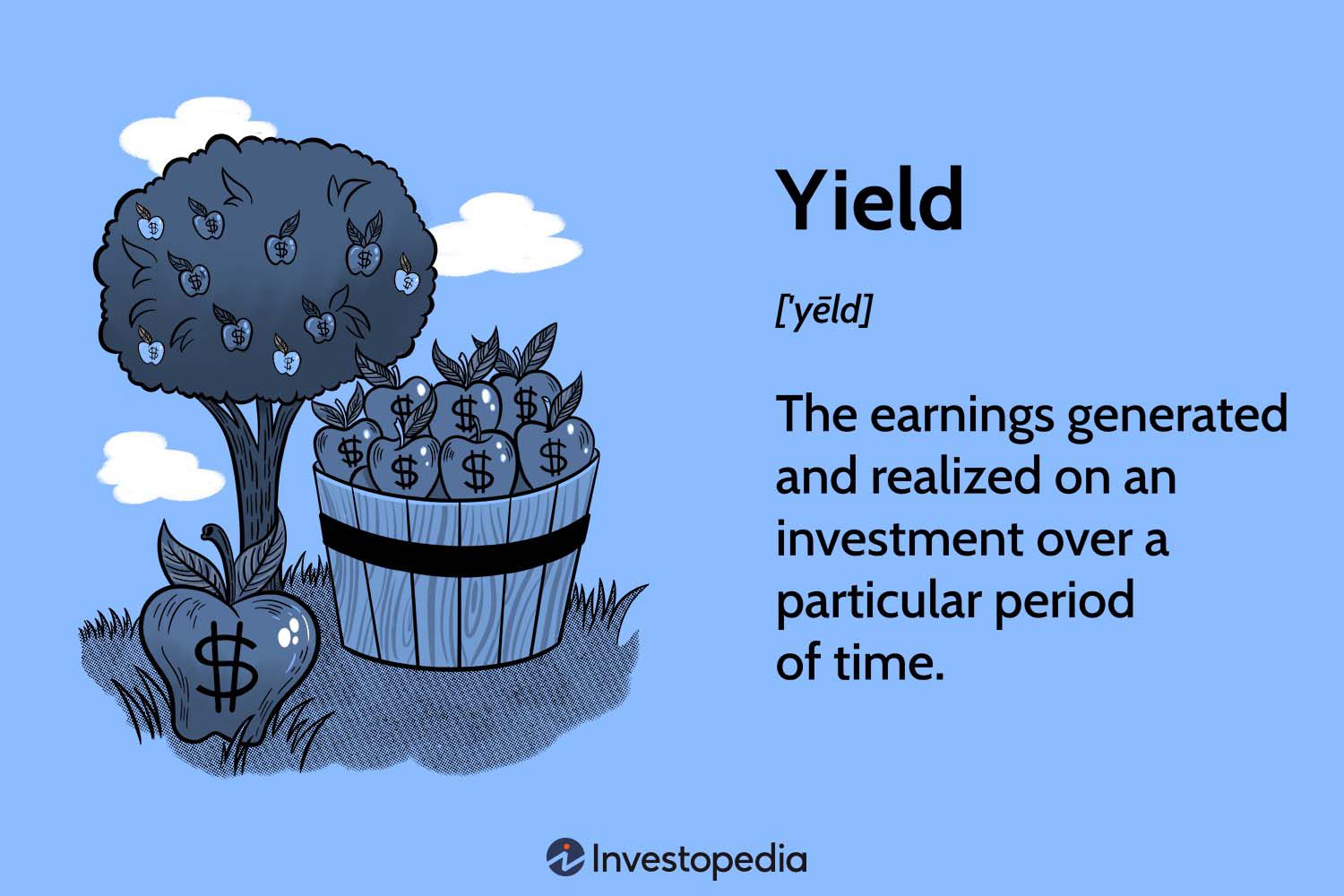Where do yields come from?
Oct 24, 2023
We are reasonably certain that the formula for formulating yields on industrial property was not carried down off the mountain on a stone tablet by Moses. And we are even more certain that there are no government employees bright enough to have dreamed up a secret algorithm for determining what yields would be.
So where do yields come from?
We have heard agents tell us of a linkage between the OCR (Official Cash Rate) and yields. Yet we know that only a portion of purchasers of industrial property borrow to do so. And then there are the supposed linkages between yields and vacancy rates. Or the elasticity ratio between quality of buildings. Or perhaps it could be the CPI, or even the inflation rate for non-tradables.
We have looked at the current 10 year government bond rate (5.653 %) and a major bank 5 year term deposit interest rate (5.55 %), both of which are probably closer to current yields than many other theories. And of course we have discussed the origin of yields in the time honoured forum of a few beverages.
Yet nowhere could we come up with a scientific origin that survived peer review as to it’s validity.
So we had to settle for the idea that yields are what buyers want them to be. And not so long ago buyers had convinced themselves that 4% was the right yield, in the same way that buyers have now convinced themselves that 6% is the magic number.
Because for every agent telling us that x is the current yield, there is an argument saying that the reason x is the right number is because enough agents have told enough punters that x is the right number. If we think back to the trigger for the “accepted” yield to go from 4% to 6%, it was the series of increases in OCR. We don’t have to be an economist to know that an increase in yield value decreases the price of a building. Yet at the same time building costs, and therefore replacement cost, of the same building increased.
Confused? Indeed, so are we. Particularly as the tax implications of investing in government bonds or bank deposits are very different from the tax implications of investing in industrial property.
Our answer is to look increasingly at the underlying value of the property – which is a complex mix of it’s ability to produce income, it’s cost to produce income, and what value it is likely to have when it ceases to be useful.
It’s not simple. It’s different for every investor. And any agent who tries to claim that the yield number was anointed by Moses has not grasped that every purchaser (and every vendor for that matter) has different motivations – not simply yield.

Recently Posted
- A changing market
- Apr 09, 2024 - Same, same and more same
- Apr 02, 2024 - New Year, New Attitude
- Jan 15, 2024 - Reflection and Anticipation
- Dec 18, 2023 - State of the Nation
- Nov 27, 2023